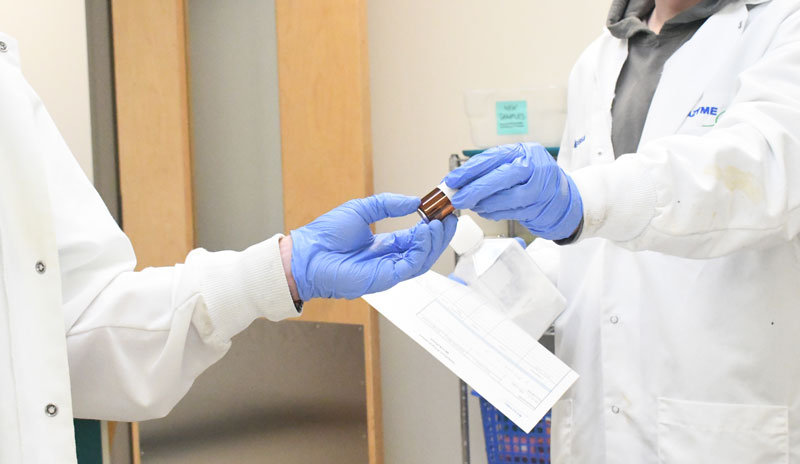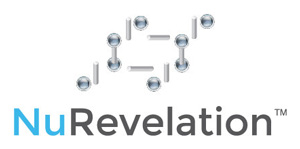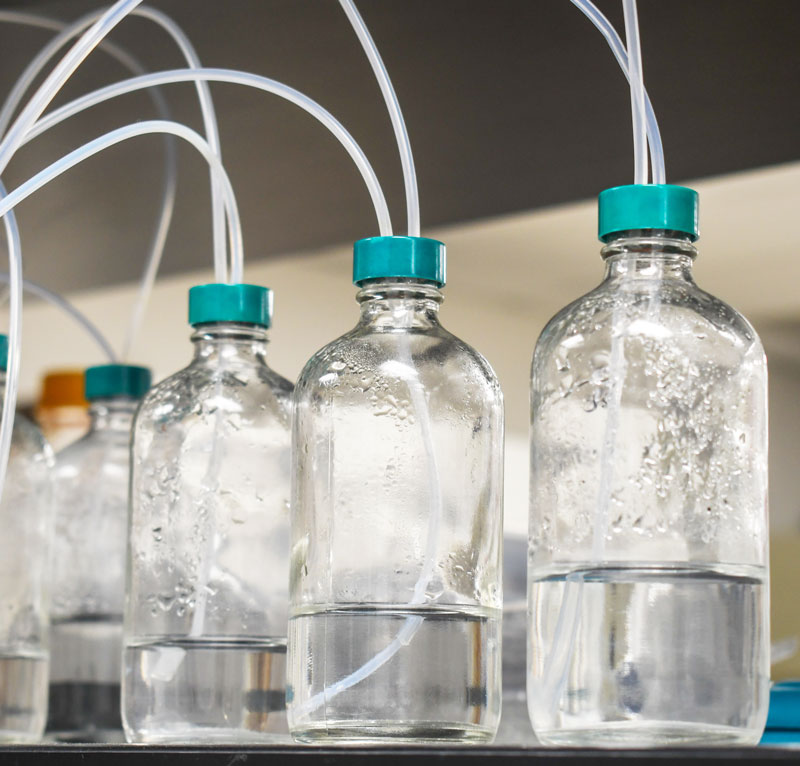 Avazyme is a top of the line bioanalytical CRO and recipient of the Triangle Business Journal’s “Best CRO in the Life Sciences 2023” award. We serve a wide variety of industries including government agencies, pharmaceutical and biotechnology companies, research institutions, and cosmetic companies. Specializing in troubleshooting products and manufacturing processes, along with GLP/GxP regulatory compliance, product specification (cGMP), storage stability, byproducts and contaminants testing to support these organizations. Our combination of experienced and knowledgeable interdisciplinary scientists and sophisticated, state of the art instrumentation allows us to achieve expeditious turnaround times and high quality results. This is shown with a track record of more than one hundred thousand late stage development samples analyzed, numerous time-critical problems solved where other CROs failed, thus gaining a trusted reputation with our clients.
Avazyme is a top of the line bioanalytical CRO and recipient of the Triangle Business Journal’s “Best CRO in the Life Sciences 2023” award. We serve a wide variety of industries including government agencies, pharmaceutical and biotechnology companies, research institutions, and cosmetic companies. Specializing in troubleshooting products and manufacturing processes, along with GLP/GxP regulatory compliance, product specification (cGMP), storage stability, byproducts and contaminants testing to support these organizations. Our combination of experienced and knowledgeable interdisciplinary scientists and sophisticated, state of the art instrumentation allows us to achieve expeditious turnaround times and high quality results. This is shown with a track record of more than one hundred thousand late stage development samples analyzed, numerous time-critical problems solved where other CROs failed, thus gaining a trusted reputation with our clients.
Product safety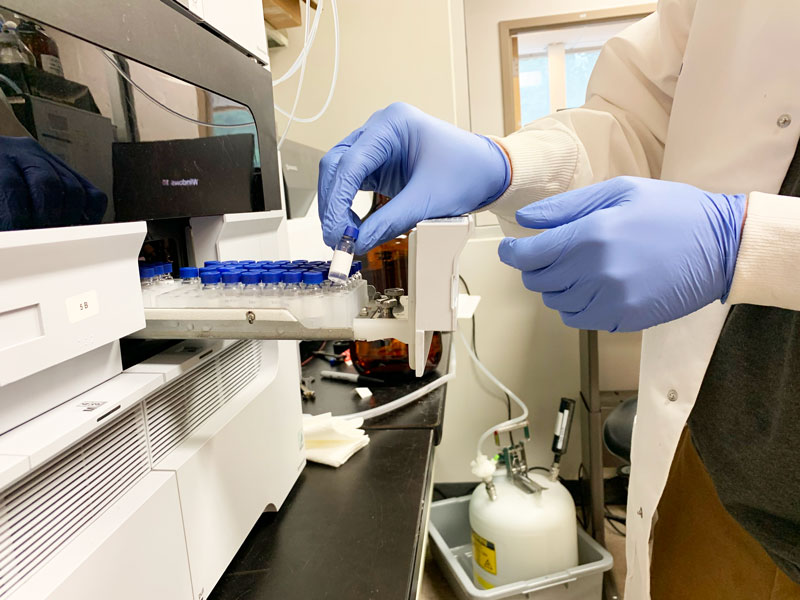
- Metals contaminant testing
- Batch release testing
- PFAS contamination testing – link to PFAS analytes list
- Other contaminants (e.g., pesticides, mycotoxins, endotoxin)
Regulatory studies (GLP/non-GLP)
- Microbial contaminant testing
- Dissolution testing
- Storage stability – stress test – degradant testing – contaminants testing
- Analytical method validation
- Preclinical and clinical bioanalysis
- DMPK
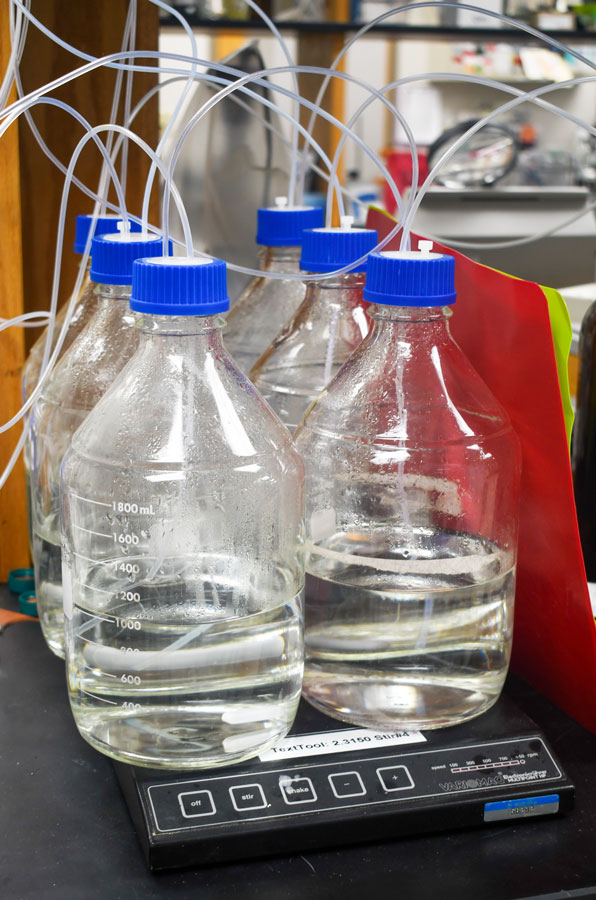
Batch Release Testing
- USP1-7
- ICH Q4B Annex 7 Dissolution test – Scientific guideline
- Storage stability testing (ICH guidelines)
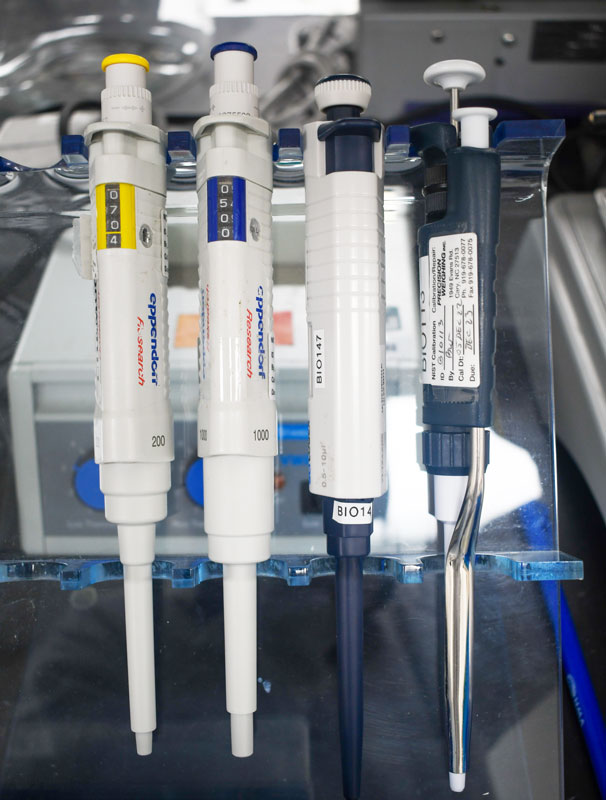
Research and Development
- Product and process troubleshooting
- Out-Of-Spec investigations
- Method development (e.g., LCMS/MS, GCMS, Immunoassay, qPCR)
- Solubility
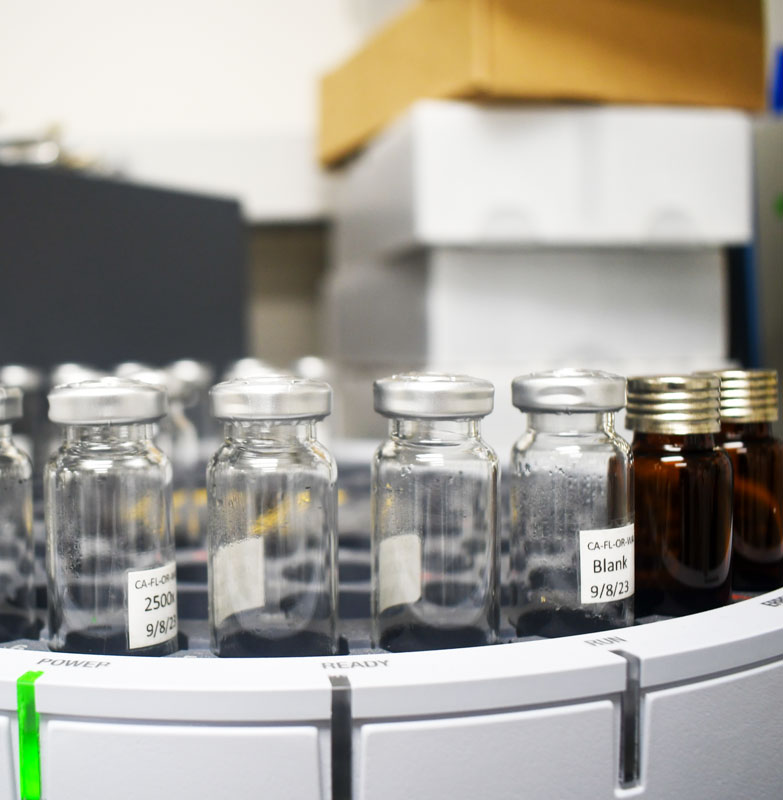
Research and Development
- Potency
Your product’s ability to elicit a specific response is inseparably tied to its value. We determine assays that will characterize your product, demonstrate its intended effects (e.g., antimicrobials), and be manufacturing-ready. We routinely produce the following potency data: the amount of active ingredient in intermediate manufacturing products, and formulated end-products, as well as criteria for identifying sub-potent batches and ensuring drug product consistency and that the product meets the required specifications (IS/OOS)
- Purity
- Impurities
- Degradants
- Moisture
In pharmaceutical product development, it is important to know the maximum allowable moisture content for each step in the process, as this information has implications for manufacturing especially, but also for shelf life and consumer safety. Compounds with functional groups such as amides and esters can be hydrolytically degraded, so moisture content control is quite important. Avazyme determines moisture content primarily using the following three methods: halogen heating moisture analysis, chemical titration, and moisture loss upon freeze-drying.
- Dissolution
- Residual Solvents
Toxicity is the primary basis for measuring the residual solvents present and produced in the manufacture of pharmaceutical products. A GC Limit Test is used to detect classes 1 and 2 of residual solvents, while class 3 residual solvents are detected using a separate LOD test. Quantitative data is acquired through further chromatographic analysis.
- Identification
- Stability-Indicating Assays
Forced degradation of your pharmaceutical product is used to generate samples representing the effect of time and other factors on its many properties. Avazyme achieves various levels of degradation by exposing your product to UV light, pH, temperature and certain oxidative/reductive reagents. Stability is indicated by the amount of active ingredient and degradation products as measured by GCMS or LCMS or other suitable methods (API specific, customized approach).

Bioanalysis
- Method development (e.g., UHPLCMS/MS, GCMS, SPME-GC-MS, HS-GCMS, GC-FID, GC-TCD, HPLC-CAD, HPLC-UV, HPLC-DAD, Immunoassays, ELISA, qPCR)
- Method validation (qualitative/quantitative)
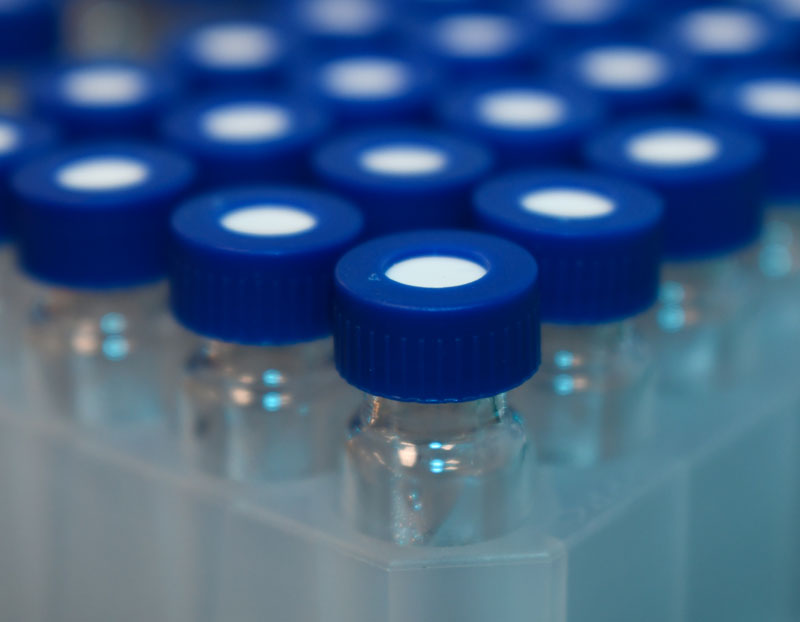
Biotechnology/Biologics
- Microbial contaminant testing
- Microbial titering




